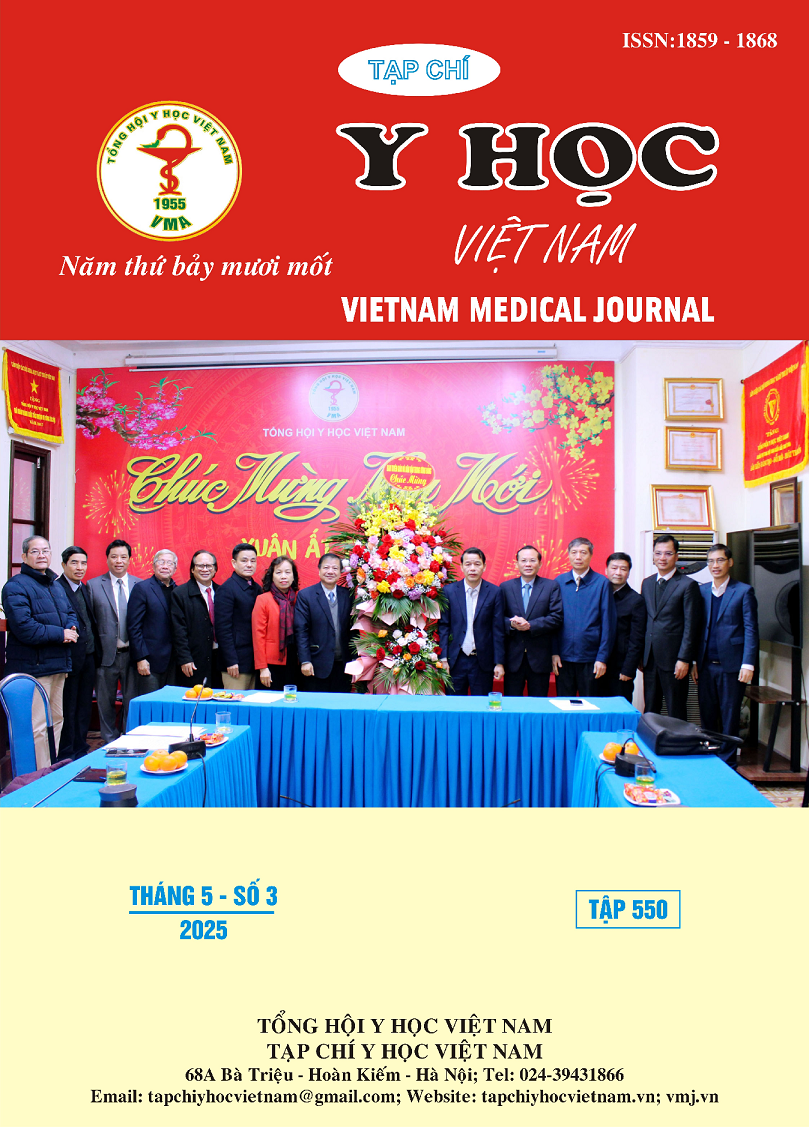MỘT SỐ YẾU TỐ LIÊN QUAN ĐẾN KIỂM SOÁT HEN Ở TRẺ ĐANG QUẢN LÝ HEN NGOẠI TRÚ TẠI BỆNH VIỆN NHI ĐỒNG THÀNH PHỐ CẦN THƠ
Nội dung chính của bài viết
Tóm tắt
Đặt vấn đề: Hen là bệnh lý hô hấp mạn tính thường gặp nhất ở trẻ em. Việc kiểm soát hen ở trẻ em là một thách thức đối với bệnh nhân và bác sĩ điều trị. Do đó, nắm được các yếu tố liên quan đến kiểm soát hen sẽ góp phần quan trọng vào việc đánh giá và nâng cao hiệu quả điều trị. Mục tiêu nghiên cứu: Mô tả tình trạng kiểm soát bệnh hen cũng như các yếu tố liên quan đến kiểm soát hen ở trẻ điều trị ngoại trú tại Bệnh viện Nhi đồng thành phố Cần Thơ. Đối tượng và phương pháp nghiên cứu: Nghiên cứu cắt ngang có phân tích được tiến hành trên 339 trẻ mắc hen đang được quản lý ngoại trú tại phòng khám hen Bệnh viện Nhi đồng thành phố Cần Thơ từ tháng 06/2024 đến tháng 12/2024. Kết quả: Nghiên cứu ghi nhận trẻ nam chiếm 56,3%, nhóm trẻ 6 – 11 tuổi chiếm tỷ lệ 60,2%, tỷ lệ hen chưa kiểm soát chiếm 50,4%. Phân tích hồi quy logistic đơn biến và đa biến cho thấy có mối liên quan giữa tiền sử nhập viện vì cơn hen cấp trong năm qua cũng như cha và mẹ mắc hen với tình trạng hen chưa kiểm soát ở trẻ. Kết luận: Kết quả nghiên cứu cho thấy việc điều trị dự phòng hen hiệu quả giúp giảm thiểu việc xuất hiện cơn hen cấp đồng thời cho thấy vai trò của cha mẹ trong quá trình quản lý hen ở trẻ, qua đó làm giảm khả năng hen không kiểm soát ở trẻ điều trị ngoại trú.
Chi tiết bài viết
Từ khóa
hen, chưa kiểm soát, yếu tố, trẻ em, quản lý
Tài liệu tham khảo
2. Busse WW. Consequences of severe asthma exacerbations. Current Opinion in Allergy and Clinical Immunology. 2023;23(1):44-50. doi:10. 1097/ACI.0000000000000870.
3. Expert Panel Working Group of the National Heart, Lung, and Blood Institute (NHLBI) administered and coordinated National Asthma Education and Prevention Program Coordinating Committee (NAEPPCC), Cloutier MM, Baptist AP, et al. 2020 Focused Updates to the Asthma Management Guidelines: A Report from the National Asthma Education and Prevention Program Coordinating Committee Expert Panel Working Group. The Journal of Allergy and Clinical Immunology. 2020;146(6): 1217-1270. doi:10.1016/j.jaci.2020.10.003.
4. Kansen H, Le T, Uiterwaal C, et al. Prevalence and Predictors of Uncontrolled Asthma in Children Referred for Asthma and Other Atopic Diseases. Journal of Asthma and Allergy. 2020;13:67-75. doi:10.2147/JAA.S231907.
5. Matsunaga K, Hirano T, Oka A, et al. Progression of Irreversible Airflow Limitation in Asthma: Correlation with Severe Exacerbations. The Journal of Allergy and Clinical Immunology In Practice. 2015;3(5): 759-764.e1. doi:10.1016/ j.jaip.2015.05.005.
6. Shao M, Liu Z, Liu T. Effects of Family-Supported Healthcare on Children with Asthma. Therapeutics and Clinical Risk Management. 2024;20:427-436. doi:10.2147/TCRM.S464826.
7. Stridsman C, Martinsen Ø, Selberg S, et al. Uncontrolled asthma in school-aged children—a nationwide specialist care study. Journal of Allergy and Clinical Immunology: Global. 2024;3(2). doi:10.1016/j.jacig.2024.100227.
8. Tran LC, Phan HV, Vo-Pham-Minh T, et al. Predictor of recurrent exacerbations in pediatric asthma. Medical Journal of Indonesia. 2024; 33(1):42-48. doi:10.13181/mji.oa.247309.


